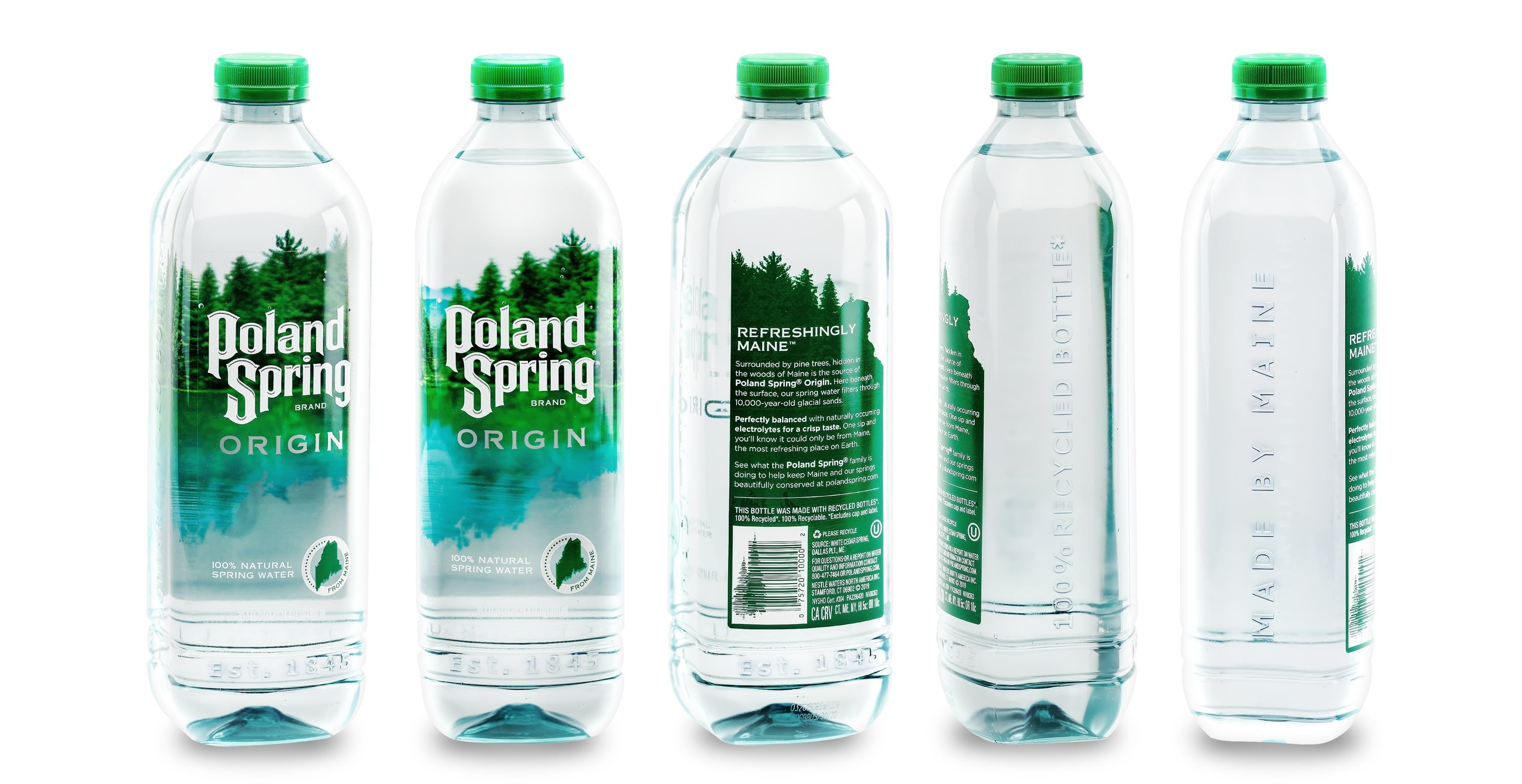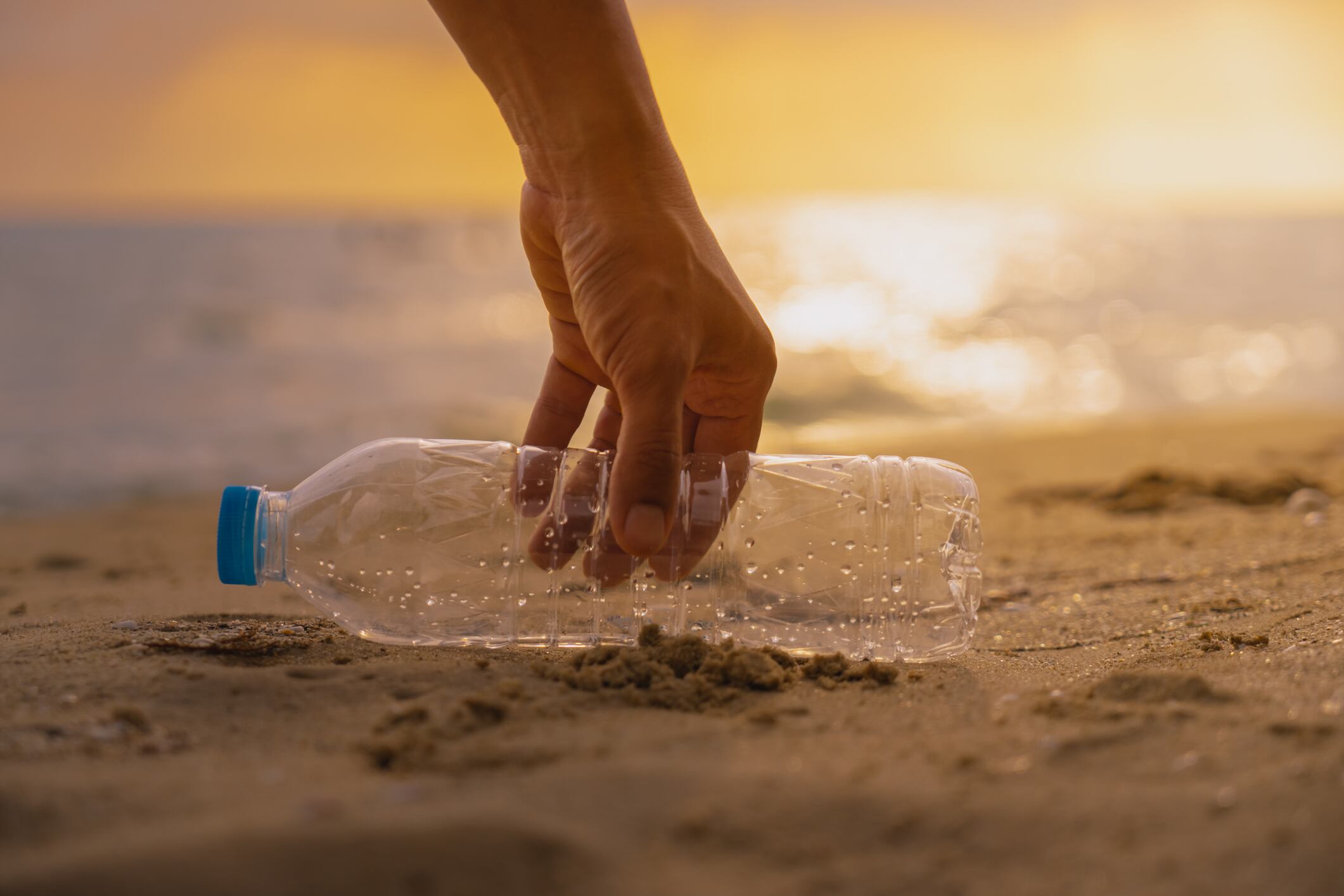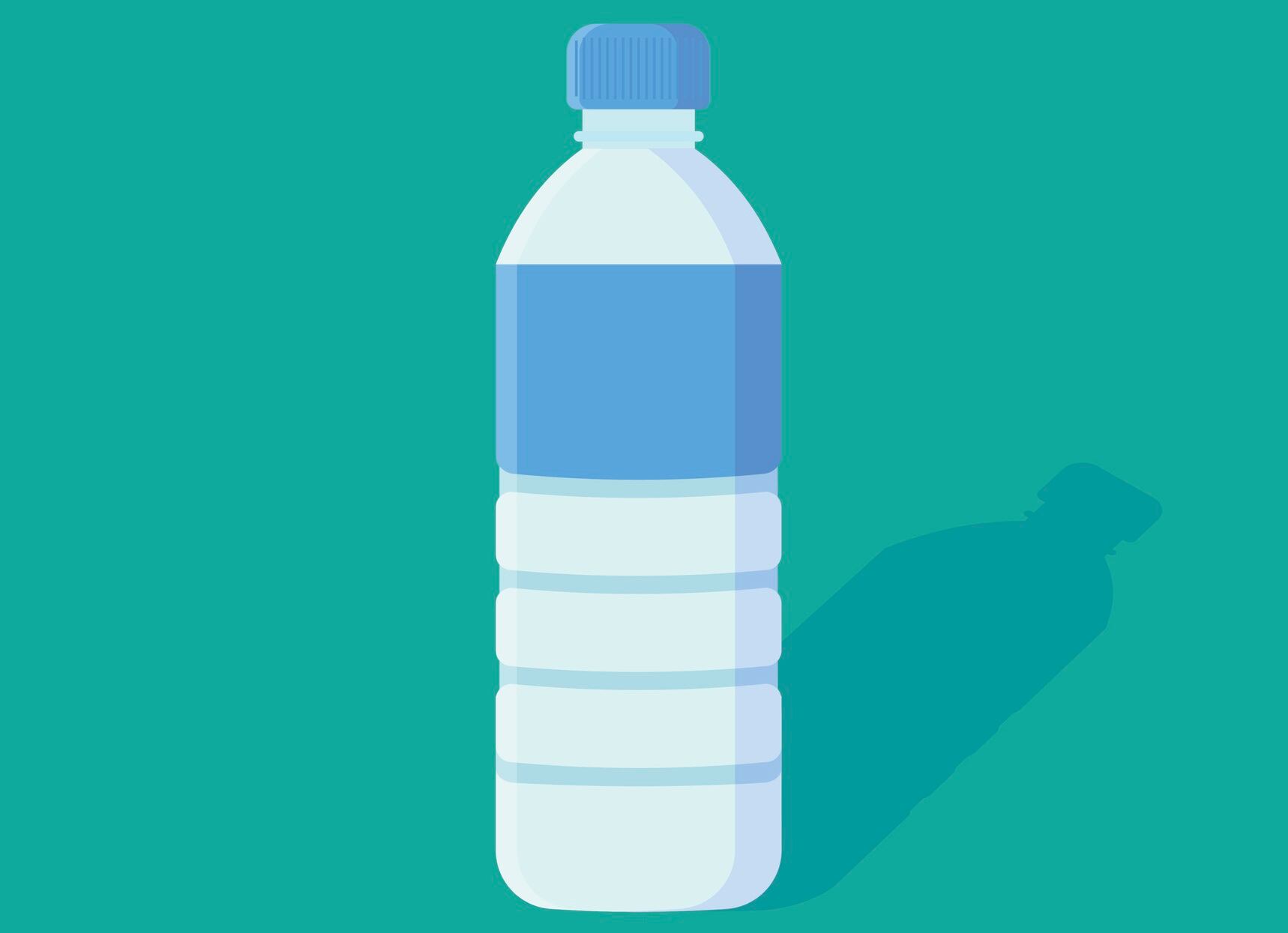Interim goals will require bottles to reach 15% recycled content in 2022; 25% recycled content in 2025 and reaching 50% recycled content in 2030. Signed by California Governor Gavin Newsom on September 24, the bill AB 793 wants to develop the domestic market for recycled materials and move the state towards a circular economy, reducing dependence on oil and virgin plastics.
As their portfolios in the state stand today, Coca-Cola, Nestlé Waters and Keurig Dr Pepper (KDP) already meet the first interim recycled content 2022 target in California: and are working on projects to help them meet the 2030 threshold.
Coca-Cola: own goals for 50% rPET
Coca-Cola currently has an average of 20% rPET in bottles sold in California. It supports the state's new legislation: saying the goal is an “ambitious target but one we are confident we can achieve” – given that it is also consistent with its own goal to make bottles and cans with 50% recycled content by 2030.
In order to achieve this, it is accelerating its efforts on rPET: starting in California and expanding throughout the US.
“However, there are worldwide economic, infrastructure and supply challenges to increasing our rPET content today," the company notes.
"We are working with partners in both the public and the private sector to help advance collection and improve recycling infrastructure in the US; which should in turn increase the available supply of rPET for reuse.
“We also design our packaging specifically for recycling and reuse and we are investing in partnerships to increase the collection and recycling of our bottles and cans so that they can be remade into new bottles and cans.
“The Coca-Cola Company has set a global goal to collect and recycle a bottle or can for every one we sell; to make all of our packaging 100% recyclable by 2025, and to make our bottles with 50% recycled content by 2030.
"In support of this goal we are working around the world to improve collection so that we can achieve these goals and create a circular economy for our bottles and cans.”
Keurig Dr Pepper: Upcoming launch of first 100% rPET bottle
Coca-Cola & KDP are part of the American Beverage Association's 'Every Bottle Back' initiative, which encourages consumers to recycle.
It will also improve rPET availability with the equivalent of $400m to The Recycling Partnership & Closed Loop Partners (via a $100m industry fund matched by grants and investors).
Keurig Dr Pepper - whose brands include Dr Pepper, 7UP and Sunkist - has already set goals for 30% recycled content by 2025: putting it slightly above California's interim targets.
"Currently, 20% of the materials used across Keurig Dr Pepper’s packaging portfolio contain post-consumer recycled content and we are well on our way to achieving our goal of 30% PCR use by 2025," a spokesperson told this publication.
"We currently use PCR in a variety of materials and later this year we will be introducing our first plastic beverage bottles made from 100% recycled PET."
Like Coca-Cola, it notes that increasing the supply of high-quality recycled content will be crucial in achieving California's goals.
"The biggest industry challenge to increasing PCR usage is limited available supply and, of the available supply, not all of it meets the needs of food grade applications.
"We’ve been collaborating with a number of industry peers, non-profits and members of the recycling industry to address that challenge.
"In just the past year, we’ve co-founded two significant collaborations to address obtaining quality PCR in our two highest-volume plastic materials: polypropylene and PET. We’ll look to continue to drive change and progress."
California sets out 'world's strongest recycled content standards'
California's law is one of the most ambitious made to date, with the state becoming the first in the US to mandate a minimum recycled content for bottles.
The target is above that set by the EU, which wants to see 30% rPET by 2030; although sets out a longer time frame than the UK's planned 30% recycled content from April 2022 (implemented through a plastic packaging tax on bottles that don't reach the threshold).
Nestlé Waters: 100% rPET for Poland Spring
Nestlé Waters’ Vice President Government & Regulatory Affairs, Peter DePasquale, was one of two principal witnesses who testified virtually in favor of California’s legislation. The company says its resolve to lead the industry in use of rPET has ‘never been stronger’.
Across the US, Nestlé Waters currently uses an average of 16.5% rPET in its portfolio. In California, however, this is higher: with rPET accounting for 36.2% of the total volume of PET in the bottles NWNA sold last year in California.
Individual-sized Arrowhead Brand Mountain Spring Water and Nestlé Pure Life Purified Water bottles produced in California have been made with 50% recycled plastic since 2017.
'Unfortunately, right now, less than 30% of PET bottles in the US are recycled'
The company is targeting 25% rPET across its US domestic portfolio by next year, and 50% by 2025.
In July it announced that three of its regional spring water brands – Ozarka, Deer Park and Zephyrhills – would join Poland spring in using 100% rPET bottles in multiple sizes.
It says California’s 50% rPET goal is ‘ambitious but attainable’: and is optimistic that California's legislation will help address the challenge of the supply of high-quality, food-grade recycled content.
“NWNA’s ability to expand our use of recycled plastic partially relies on existing bottles being recycled when empty," a spokesperson told BeverageDaily. "Unfortunately, right now, less than 30% of PET bottles in the US are recycled.
"In addition, many recovered beverage containers are being down-cycled (made into products like carpets and textiles) instead of being made back into beverage containers. This is not the highest and best use of food-grade recycled material.

“We believe AB 793 will help solidify demand for rPET across the beverage industry, thereby stimulating the necessary further investments to increase regional supply. It will also help re-align end-market use so that more food-grade recycled content is recycled back into food-grade applications.
“Recognizing these challenges in obtaining enough rPET, NWNA will continue to work collectively with industry, NGOs, governments and consumers to address critical issues related to infrastructure, collection, policy, consumer education, and development of end-markets for recycled materials. We are also doing what we can to encourage and inspire consumers to recycle more."
Recycling initiatives include adding the How2Recycle information on the labels of major US brands, and a collaboration with The Recycling Partnership to launch an Instagram recycling hotline to help people understand what is recyclable locally.
"We also support recycling infrastructure through indirect investments, such as our $6m investment in the Closed Loop Infrastructure Fund, and advocate for pragmatic policy, including minimum recycled content bills and the modernization of bottle deposit bills.”
And what if you're not a multinational beverage giant?
San Francisco flavored water brand Hint was founded in 2005. Its focus to date has been on reducing the amount of plastic used: achieving a reduction of up to 40% in its most advanced bottling location.
Ironically, California's new legislation actually throws up new challenges for the company because of the extent of its progress in lightweighting.
"Adding 50% rPET with the currently available level of quality is problematic, because the way rPET is produced today results in a flaws in the plastic. In order to shift to 50% rPET we would actually have to significantly increase the amount of plastic we are using to avoid failures on the production line," Theo Goldin, COO, Hint, told BeverageDaily.
"There are, however, promising advances being made in regenerative recycling, which essentially takes rPET, breaks it down into the most basic building blocks of PET and rebuilds the PET into plastic that is essentially better than brand new virgin PET. I am hopeful that this regenerated rPET could be available within 10 years at reasonable prices, but that is something that is outside of our control.
"In the meantime, we are fortunate that all of our co-packers also produce less technically demanding cold-fill plain water and soda bottles that can be made with rPET. Because the law specifies a percentage of rPET per manufacturer, we could meet the requirement by asking our co-packers to increase the percentage of rPET in their cold-fill bottles. Brands that use co-packers that only have hot-fill capability might be in a more difficult position."
But despite the challenges, Goldin ackowledges that change has to be driven from somewhere if the industry as a whole wants to become more circular and more sustainable.
"As you can see understand the impact of the California law involves navigating a complicated set of issues. That said, the industry has not generated as much progress towards a circular economy as it should have and that is why we’re facing a government-imposed solution.
"The lesson is that the industry needs to lead, unless it wants to be led."


